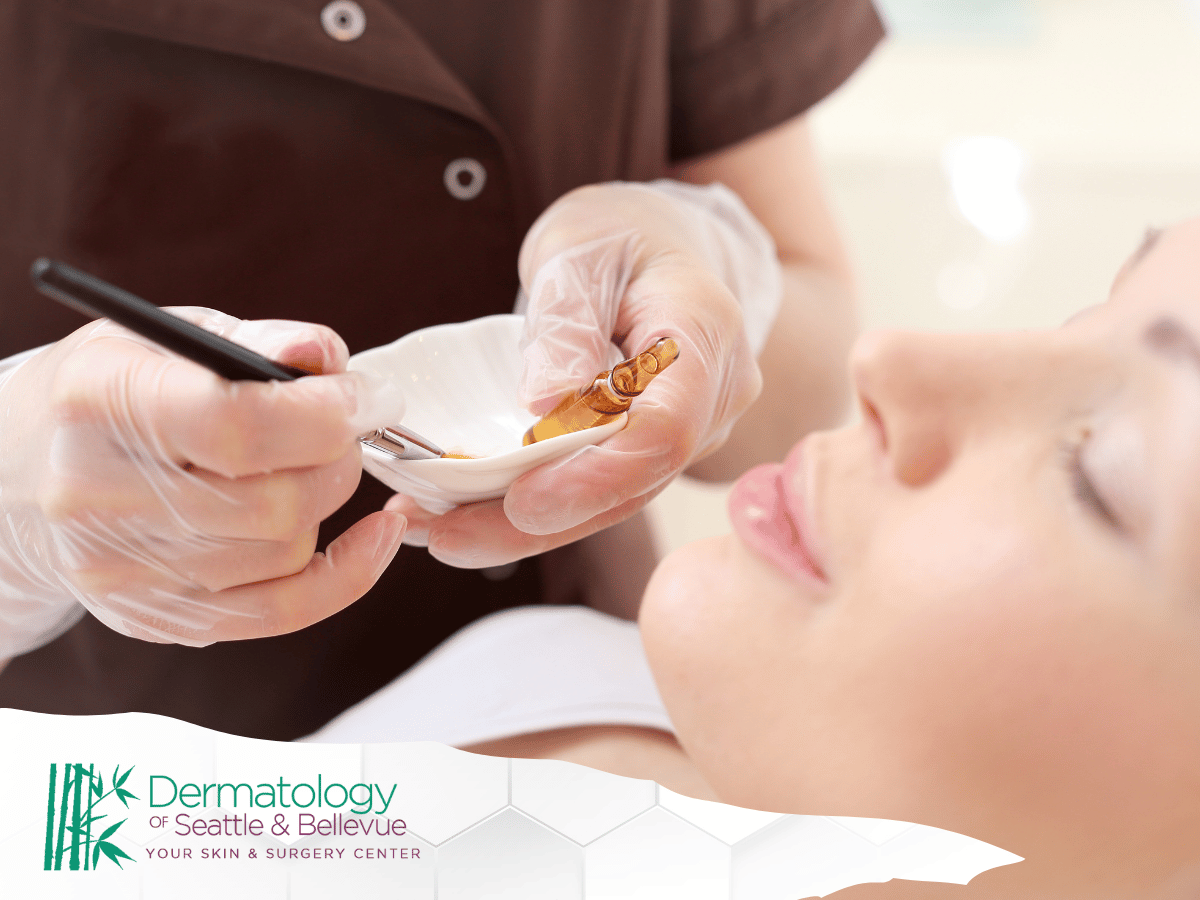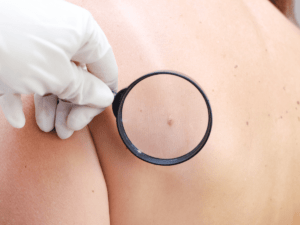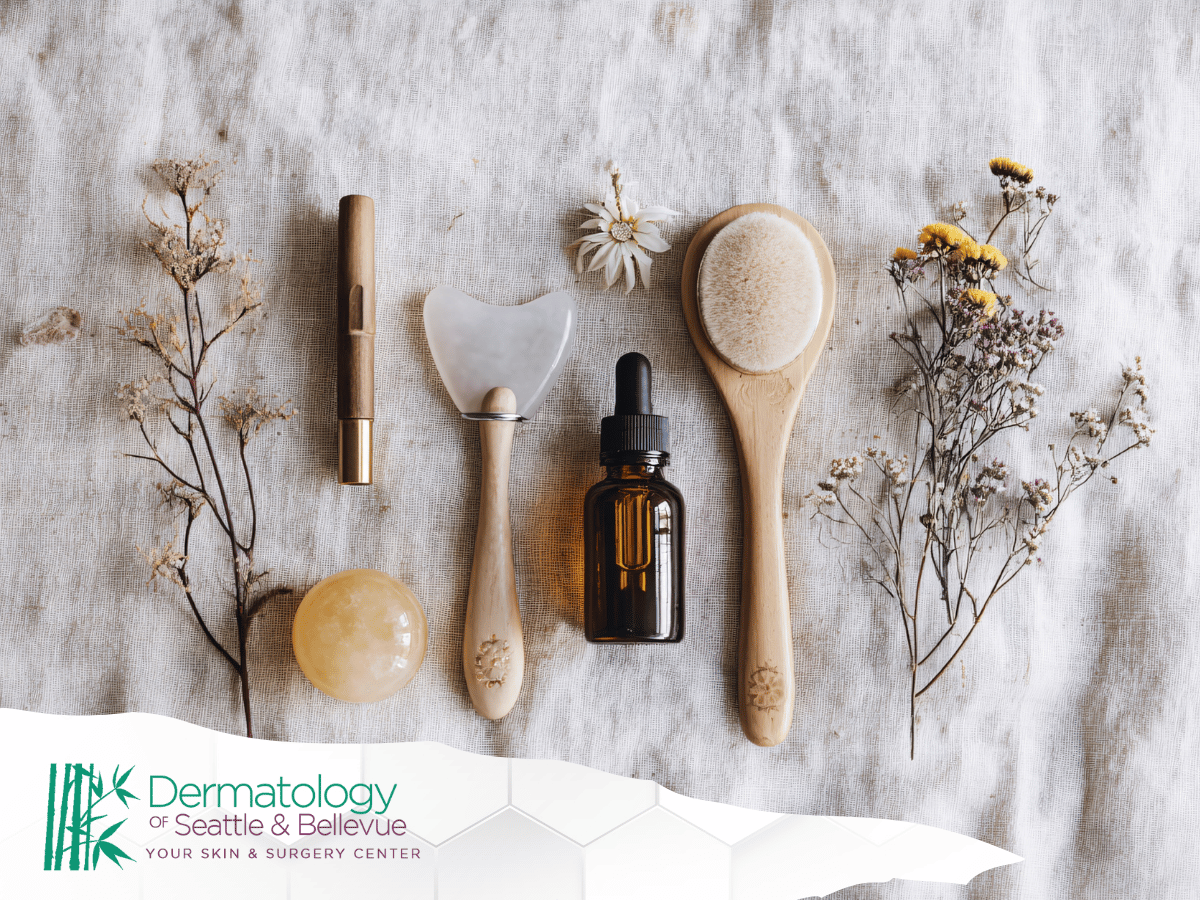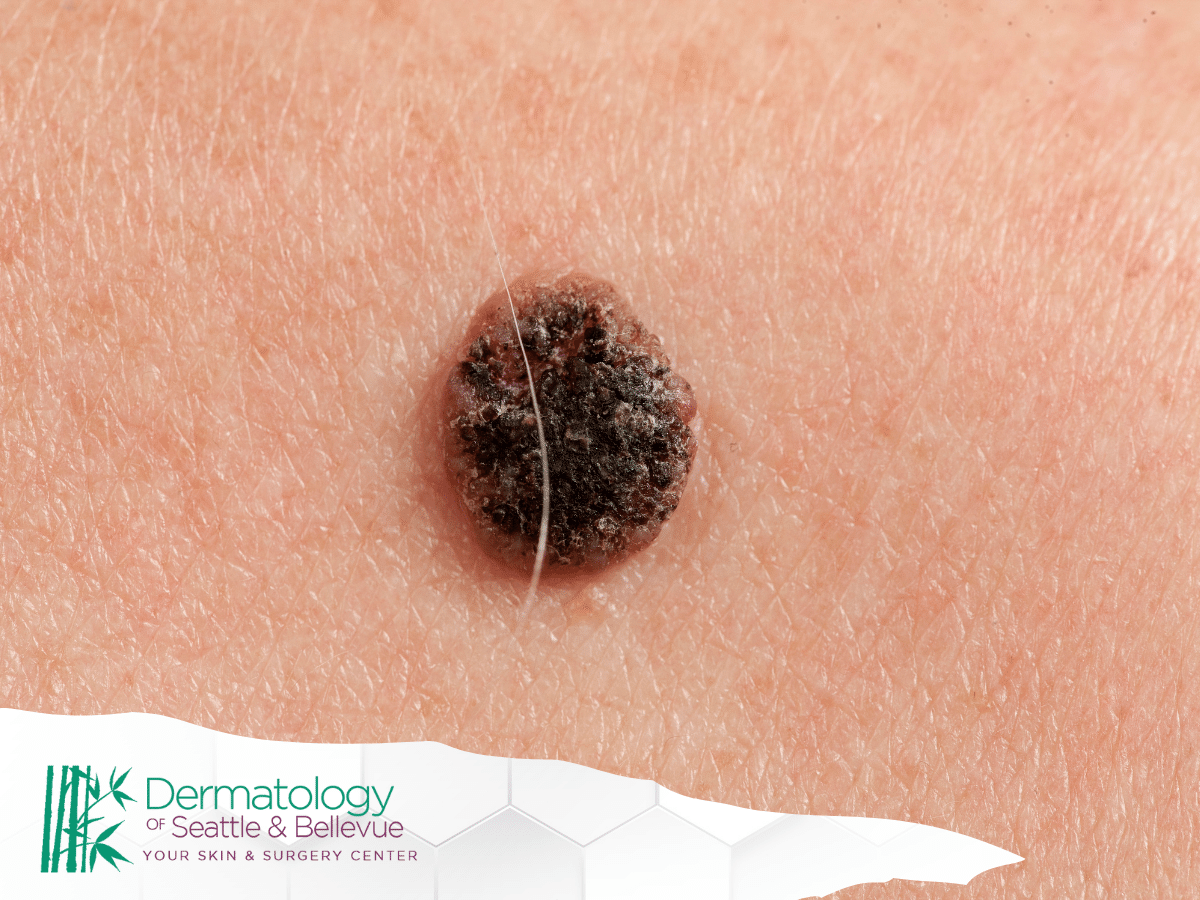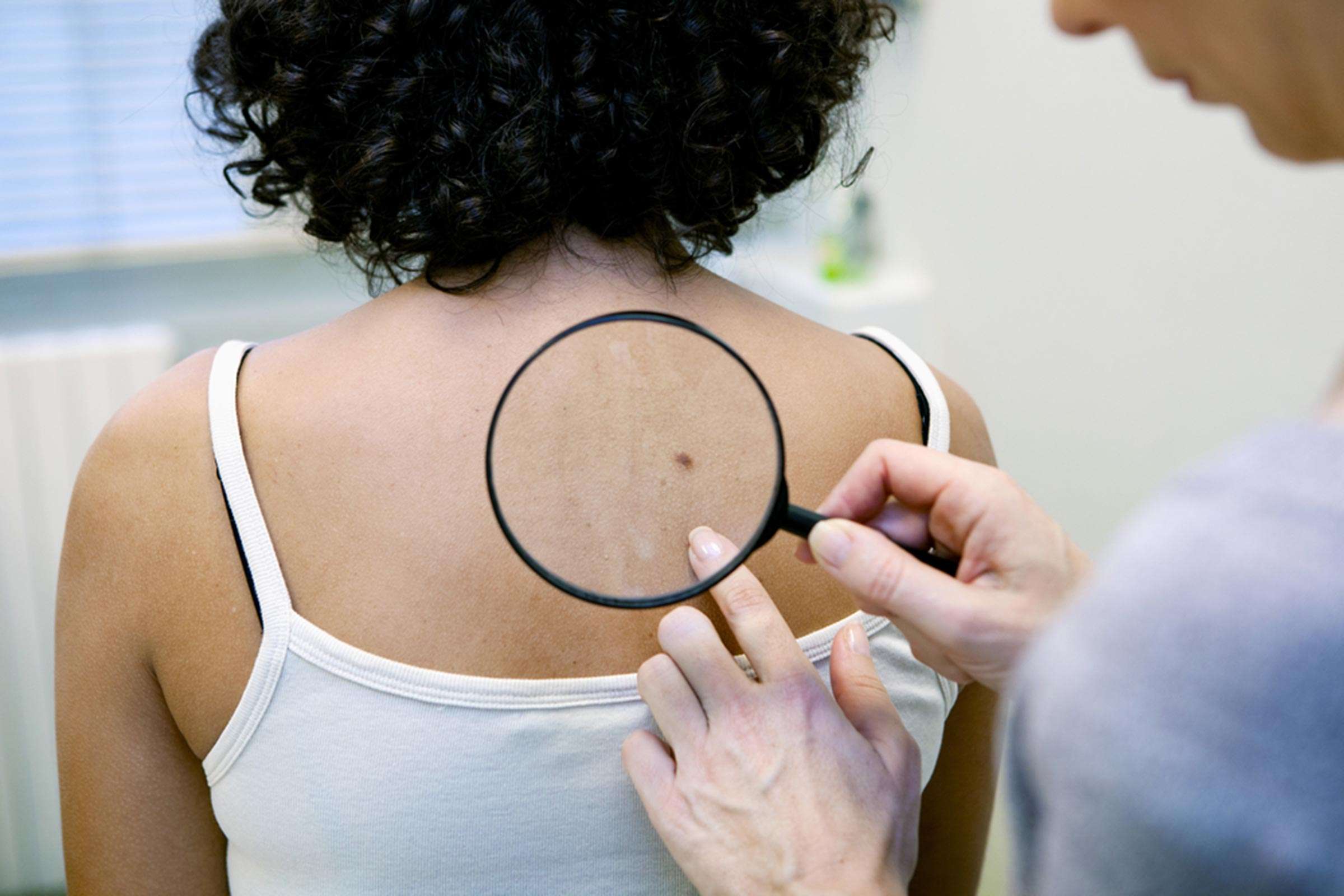Chemical peels have become a trusted option for those seeking smoother, brighter skin. In Seattle, where changing weather and environmental factors can impact skin health, many patients turn to this treatment for effective skin rejuvenation. By gently removing the outer layers of skin, chemical peels reveal a fresher, more radiant complexion.
Introduction to Chemical Peels
A chemical peel is a professional dermatology treatment that uses a safe, customized solution to exfoliate the skin. Depending on your skin type and goals, peels can target surface imperfections or penetrate deeper layers. The process encourages new skin cell growth, which can improve texture, tone, and overall appearance.
What Are Chemical Peels?
Chemical peels work by applying an acid-based solution—such as glycolic acid or salicylic acid—that carefully removes dead skin cells. This controlled resurfacing stimulates collagen production and supports long-term skin health. The result? Smoother, brighter, and more even-toned skin that looks refreshed.
Why Choose a Chemical Peel?
Patients often choose chemical peels because they provide noticeable results without surgery or long downtime. In Seattle, where skin can be affected by cloudy winters and occasional sun exposure, peels offer a reset for dullness, uneven texture, and early signs of aging. They’re versatile enough to fit into many skincare goals, whether you want a quick refresh or a deeper transformation.
The Benefits of Chemical Peels
The benefits of chemical peels extend beyond surface-level improvements. They help reduce fine lines, fade dark spots, and smooth rough patches. For some, they can even address acne-related concerns by clearing clogged pores. Because they’re customizable, dermatology providers can tailor peels to your specific needs, making them a flexible and reliable choice.
Skin Rejuvenation
One of the biggest reasons patients seek peels is for skin rejuvenation. By stimulating cell turnover, chemical peels reveal a brighter, more youthful complexion. Regular treatments can improve overall skin health, leaving it softer and more resilient. It’s a proactive step many Seattle patients take to refresh their skin and maintain a natural glow year-round.
Treating Skin Concerns
Chemical peels aren’t just for cosmetic refreshes—they can target common skin concerns like acne scars, sun damage, fine lines, and uneven pigmentation. By promoting skin renewal, they help reduce imperfections that topical creams may not fully address. For Seattle patients, this makes peels an effective solution for skin impacted by both environmental and lifestyle factors.
Boosting Confidence
Clearer, smoother skin often translates to greater self-confidence. Many patients report feeling more comfortable without makeup and more satisfied with their overall appearance after a series of chemical peels. The visible improvements can be subtle yet impactful, providing both aesthetic benefits and an emotional boost.
Types of Chemical Peels
There are different types of chemical peels, each designed to address specific skin goals. Options range from light peels with minimal downtime to deeper treatments that deliver more dramatic results. Understanding the right type for your skin helps set realistic expectations and ensures you get the most from your dermatology treatment.
A glycolic acid peel is one of the most popular choices for patients seeking gentle but effective exfoliation. Derived from sugarcane, glycolic acid penetrates the outer layer of skin to smooth fine lines, brighten dullness, and even out tone. It’s especially useful for first-time patients because it delivers noticeable results with minimal downtime.
Salicylic Acid Peel
A salicylic acid peel is ideal for those struggling with acne or oily skin. This peel penetrates pores deeply, dissolving oil buildup and reducing breakouts. Because salicylic acid is anti-inflammatory, it also helps calm redness and irritation, making it a go-to option for patients who want clearer, calmer skin.
Other Popular Variants
Beyond glycolic and salicylic acid peels, other options include lactic acid, TCA (trichloroacetic acid), and combination peels. Each has its strengths—lactic acid is gentle and hydrating, TCA provides deeper resurfacing, and blends can target multiple concerns at once. Your provider will recommend the best choice based on your skin type, goals, and tolerance for downtime.
What to Expect During Your Appointment
Knowing what to expect helps you feel more comfortable before your first chemical peel. A typical appointment in Seattle begins with a skin evaluation, followed by a customized peel application. The entire process is usually quick—often under an hour—and most patients can return to daily activities the same day, depending on the depth of the peel.
Pre-Peel Consultation
Your journey starts with a pre-peel consultation. During this visit, your dermatologist reviews your medical history, current skincare routine, and specific goals. This step ensures the peel chosen is safe and effective for your skin type. It’s also a good time to ask about preparation, such as avoiding certain products or treatments in the days leading up to your appointment.
The Procedure Process
During the procedure, your provider cleanses your skin and applies the peel solution evenly. You may feel mild tingling or warmth, but discomfort is usually minimal. The solution is left on for a set time before being neutralized or washed away. Afterward, your skin may appear slightly red, similar to a mild sunburn, but this typically subsides within hours to a few days.
Recovery and Aftercare
Recovery time depends on the depth of your peel. Light peels may only cause mild redness or flaking, while deeper treatments can involve a few days of peeling and sensitivity. Following your dermatologist’s aftercare instructions is essential for proper healing and to achieve the best results.
Immediate Post-Peel Care
Right after your peel, gentle care makes a big difference. Use a mild cleanser, avoid harsh scrubs, and keep your skin well-hydrated. Daily sunscreen is non-negotiable, since fresh skin is more sensitive to sunlight. Patients should also avoid picking at flaking skin to prevent irritation or scarring.
Long-Term Maintenance
For lasting benefits, consider scheduling chemical peels as part of your ongoing dermatology treatments. Many Seattle patients find that a series of light peels every few months helps maintain a youthful glow. Pairing peels with at-home care—like consistent SPF use and nourishing products—supports long-term skin health and keeps results fresh.

